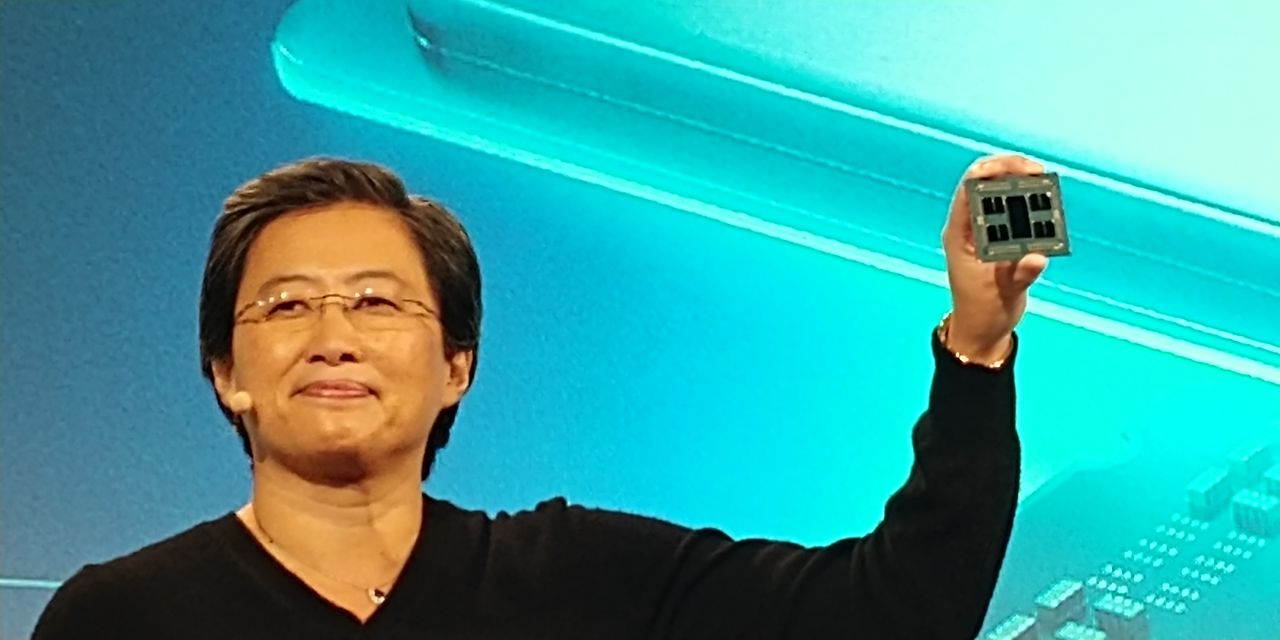isn't that a Q6600?
Those were the quad cores - yes, Q6600 and Q9000 series. Two dual-core chips glued together and seen as a quad-core by Windows

Please remember that any mention of competitors, hinting at competitors or offering to provide details of competitors will result in an account suspension. The full rules can be found under the 'Terms and Rules' link in the bottom right corner of your screen. Just don't mention competitors in any way, shape or form and you'll be OK.
isn't that a Q6600?

Those were the quad cores - yes, Q6600 and Q9000 series. Two dual-core chips glued together and seen as a quad-core by Windows
 Which is 2 x 700mm + extra space
Which is 2 x 700mm + extra spaceHaving uncore in same die would make more sense for desktop.
It's easier to make high speed bus the shorter the distance.

Few things from the slides and Anandtech site.
AMD state "Industry leading performance" that is a bold claim.
They also claim "the competition cannot compete with this performance" again another huge claim.
The Chiplet design with the larger central controller chip looks good, but another claim of "competition will adopt the same" is another bold claim.
Seems a lot of claims from AMD, hope for once they are able to back them up.
>25% performance uplift... That is anyone's guess how it actually pans out on a desktop CPU..
Intel is going to have to get cheap glue, because already one such die is expensive to make...The point was that it looked too small for the new XeonWhich is 2 x 700mm + extra space
Data centers are all about more cores/threads.The Chiplet design with the larger central controller chip looks good, but another claim of "competition will adopt the same" is another bold claim.
Seems a lot of claims from AMD, hope for once they are able to back them up.
Wow Rome just killed it... PCIE 4 as well.. hopefully that means we get the same on Zen2, definitely buying a 3700x next year and an x570 mobo if it's pcie4 as well.

02:32PM EST - 8 cores per Zen 2 die
02:33PM EST - Cray benchmark: One socket Rome scored 28.1 seconds, Two 8180M 30.2 seconds
02:33PM EST - Rome air-cooled, non-overclocked, not final frequency
02:34PM EST - On track for 2019
Does the PCIE4 mean x470 will not be compatible with 3700x?
If 3700X is an 8-core, I will skip it.
From the perspective of the average consumer/enthusiast, the take from that presentation is that Zen2 if configured the same as the EPYC counterparts will offer 25% more performance than the previous generation. So a 2700X with a 105W TDP would be a 3700X with 105W TDP but 25% faster either clock for clock, or a combination of IPC and clock speed increase. Needless to say 25% is certainly not an insignificant amount, and would allows AMD to overtake Intel in the desktop enthusiast space for the first time in a long, long time, assuming the 25% increase is average across different workloads not very specific ones.
The only thing AMD really need to improve on to break the big OEM's is more, and better CPU with iGPU's or APU's. Laptops are becoming much more common but the limited selection of desktop equivalents, but pushing systems with discrete graphics cards is a hard sell where the 2200G(E)/2400G(E) is not enough to make large inroads, the Athlons will help at the very low end but there are a few gaps to fill.
Does the PCIE4 mean x470 will not be compatible with 3700x?
Does the PCIE4 mean x470 will not be compatible with 3700x?

